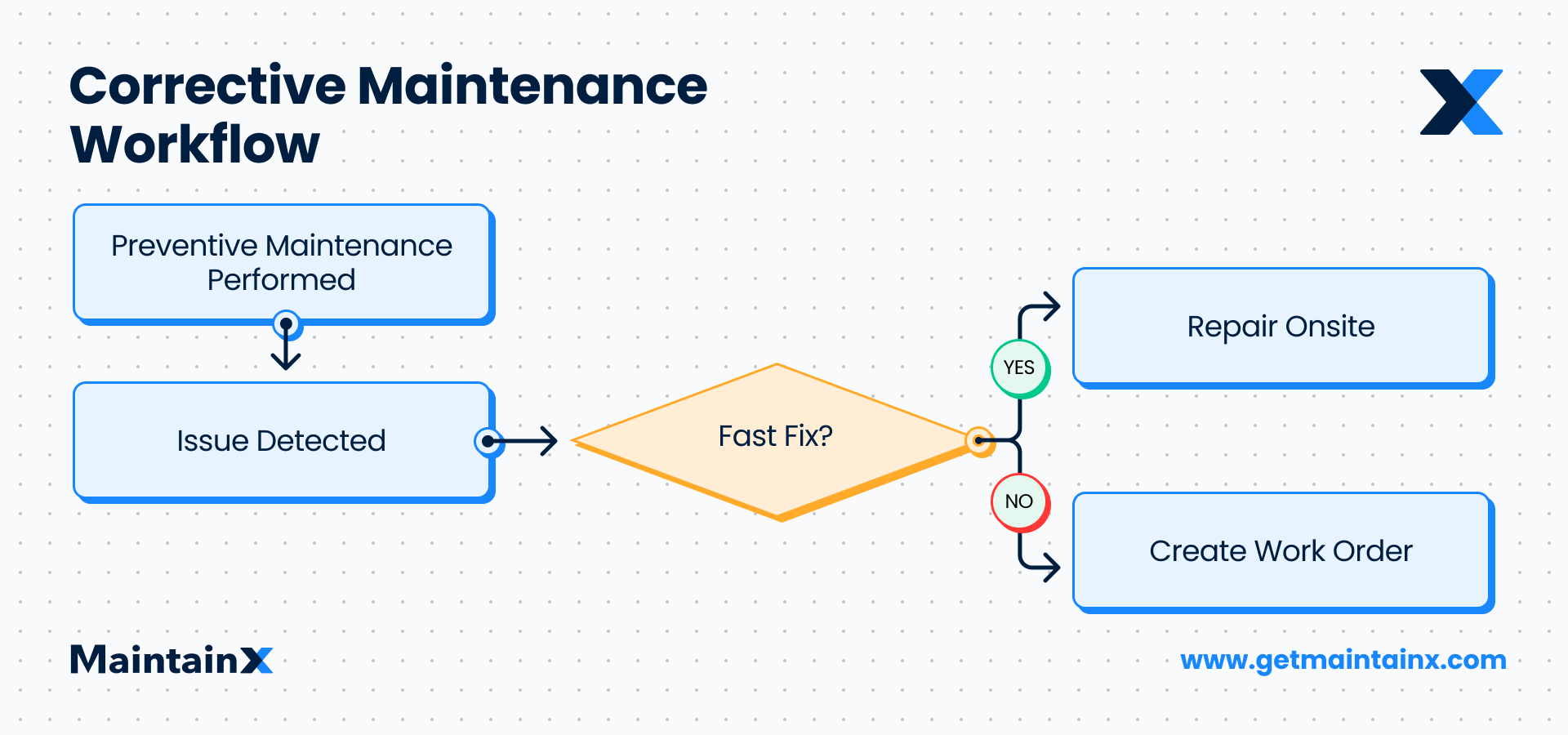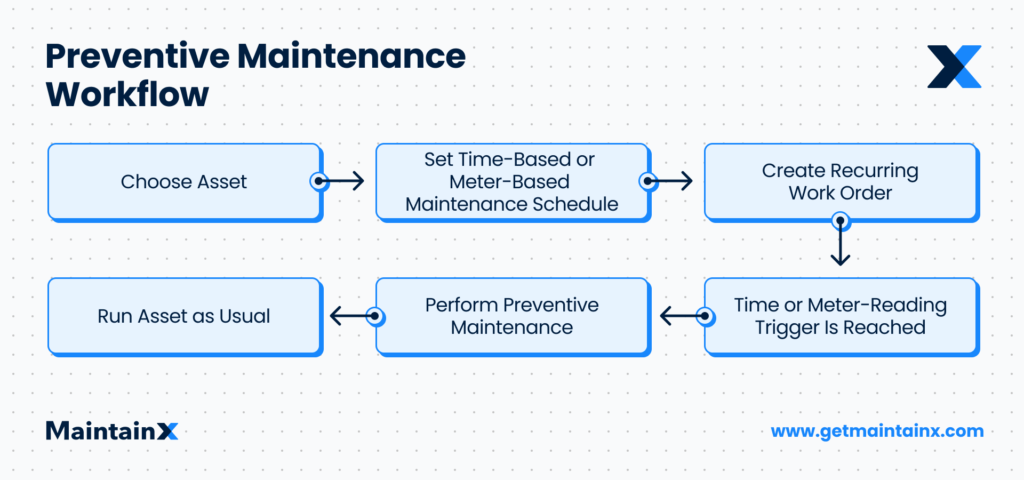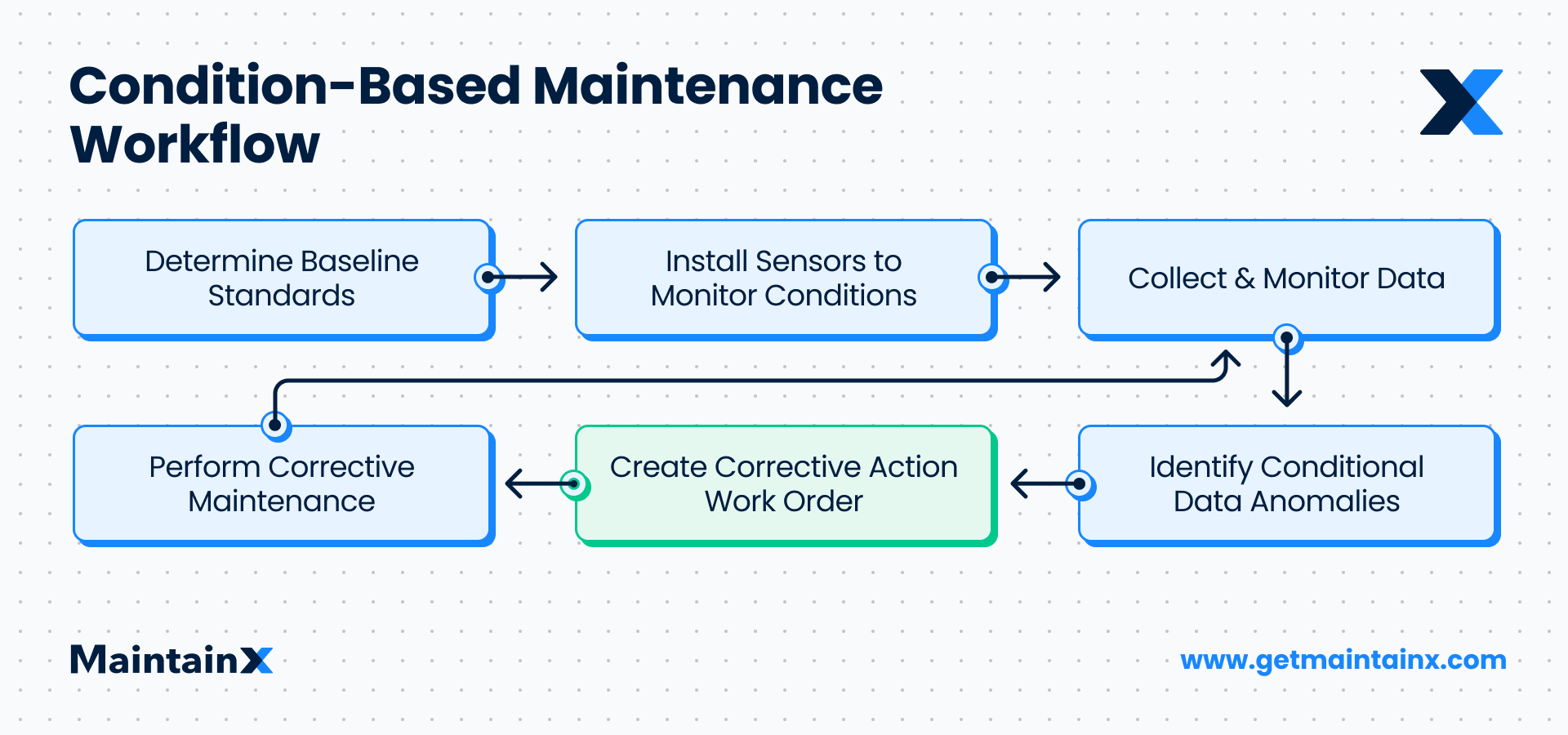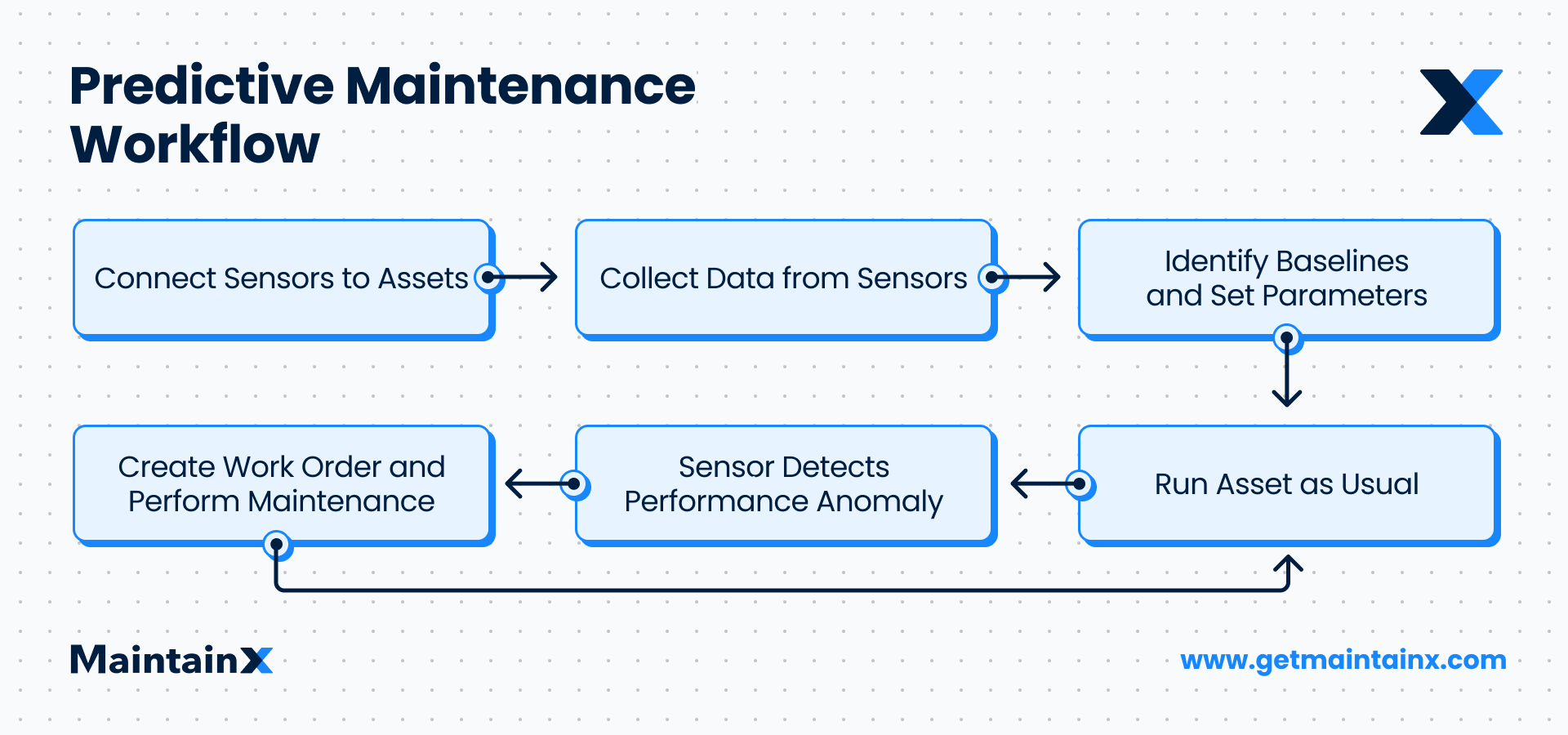Grounds maintenance refers to activities undertaken to keep outdoor areas clean, beautiful, and orderly. It includes activities such as pruning, landscaping, and mowing. The term can also be extended to indoor gardens, nurseries, and potted plants.
The goal of grounds maintenance is to improve the appearance of landscaped features. Landscaping is the practice of building aesthetically pleasing extensions of indoor living into the outdoors. Property owners prioritize grounds maintenance to boost occupant morale, attract and maintain business, and preserve property investments.
As reported in Virginia Tech’s The Effect of Landscape Plants on Perceived Home Value, landscaping can increase property value by up to 12 percent. One referenced study found non-landscaped homes valued at $150,000 to be worth as much as $19,000 more with “sophisticated landscapes with color and large plants.”
Similarly, both residential and commercial property owners use grounds maintenance to increase perceived property values, resulting in higher selling prices.
Types of Grounds Maintenance Workers
in addition to general lawn care and upkeep, grounds maintenance workers maintain the visual appearance of properties by pulling weeds, mulching around trees, mowing lawns, and preserving plant life. The four types of grounds maintenance workers are:
● Groundskeepers: They fulfill general maintenance duties such as removing snow, trimming hedges, mowing grass, and aerating soil.
● Landscapers: Landscape workers bring the visions of landscape design to life by planting flowers, planting trees, and building elements.
● Arborists: Arborists care for trees by pruning branches, applying treatments, and shaping floral forms for visual appeal.
● Pesticide Handlers: They inspect grounds and apply chemical treatments to kill weeds and pests. Important: Pesticide handlers must possess safety certifications as required by the Environmental Protection Agency.
4 Best Types of Ground Maintenance
Most organizations practice a combination of several different types of maintenance. While there are several distinct methodologies, the four most commonly discussed types of grounds maintenance are:
1. Corrective Maintenance
Corrective maintenance involves taking planned or unplanned corrective actions after equipment issues occur. The goal is to return broken assets to operational capacity.

2. Preventive Maintenance (PM)
Preventive maintenance is a strategy that involves completing scheduled maintenance tasks to keep assets in optimal working condition, curb unplanned downtime, extend life cycles, and reduce costs associated with equipment failure.

3. Condition-Based Maintenance (CBM)
Condition-based maintenance is an advanced form of PM revolving around using condition-based diagnostic measurements (e.g., vibrations, temperature, ultrasounds) to predict equipment failure. Grounds managers use CBM intervals to make more reliable, efficient, and cost-effective decisions about when to perform grounds maintenance tasks.

4. Predictive Maintenance (PdM)
An advanced form of PM, and an even more advanced form of CBM, predictive maintenance relies on sensors to relay real-time data in combination with predictive algorithms to precisely predict future breakdown times. Though many resources use the terms PdM and CBM interchangeably, they are not the same. While CBM often includes the same sensor-based technology as PdM, it doesn’t utilize predictive technology.

Examples of Grounds Maintenance
Facilities that rely on grounds maintenance include:
- Residential Facilities: Ground maintenance workers water, prune, and weed plants that provide privacy, shade, and visual appeal, as well as making sure accessibility to and from facilities is always open and safe.
- Commercial Properties: Shopping centers, malls, and office complexes need landscape maintenance to retain their aesthetic value and to ensure the safety of visitors and occupants.
- Sports Facilities: Grounds maintenance keeps turfs safe for athletes. Poorly maintained athletic fields can lead to slips, falls, and injuries such as grass burns.
- Learning Institutions: Schools rely on grounds maintenance–such as snow removal from walkways–to ensure the safety of students, faculty, and visitors. In some institutions, horticulture students partake in beautifying campuses as part of their coursework.
Other facilities that commonly rely on grounds maintenance include commercial parking lots, cemeteries, and golf courses. Maintenance workers who work on golf courses are referred to as greenskeepers. Groundskeepers are often members of facilities management teams and departments.
Ground Maintenance Certifications and Training
Besides pesticide handlers, most grounds maintenance roles require no formal training or licensing. However, certifications and training are available to help grounds maintenance workers enhance their grounds maintenance job skills and advance their careers.
The most notable certifications include those from the Professional Grounds Management Society (PGMS), the oldest membership society of grounds professionals, representing over 1,000 industry professionals in the United States, with members in Canada and overseas. The organization’s most popular grounds maintenance certification programs include:
- Certified Grounds Technician (CGT): This certification includes both coursework and exams. The program is available to grounds workers with a minimum of two years of experience in grounds maintenance, a high school diploma (or GED), and verification of employment.
- Certified Grounds Manager (CGM): This is an exam-based certification, without coursework, available to workers with one of the following: a minimum of eight years experience in grounds maintenance, a bachelor’s of science in a recognized greenfield industry, or a two-year degree from a college or university plus six years relevant work experience.
Additionally, several other independent organizations and colleges provide grounds maintenance training opportunities. Penn State University has a well-known turf science degree program. The school’s alumni can be found working in leadership roles at top golf courses, stadiums, and landscape companies around the world.
Most training programs cover educational areas such as plant pathology, nursery operation, landscape design, fertilization, plant selection, pruning, and more.
FAQ: Grounds Maintenance
How Much Do Groundskeepers Make Per Hour?
According to Salary.com, “The average Groundskeeper salary in the United States is $39,799 as of August 29, 2022, but the range typically falls between $34,081 and $47,261.”
What Are the Duties of a Groundskeeper?
Groundskeepers mow grass, trim hedges and shrubs, remove dead plants, landscape gardens, and monitor the health of plants. They also ensure outdoor areas are safe, functional, and appealing. Groundskeepers are required to be physically fit as they sometimes work with heavy equipment, stand for prolonged periods, and lift heavy supplies.
What Does It Mean to Maintain the Grounds of a Park?
Performing maintenance activities, such as mowing grass, pruning trees, applying pesticides, and keeping parks clean, safe, and operating efficiently. Equipment used in maintaining parks includes sprinklers, tree trimmers, lawnmowers, shears, rakes, clippers, and chainsaws.
What Skills Do You Need to Be a Landscaper?
Good physical health, attention to detail, organizational skills, basic lawn maintenance skills, pest management skills, and the ability to operate equipment such as lawnmowers and hedge trimmers. Additionally, landscapers must know how to work with trees, flowers, rocks, gazebos, benches, and outdoor tables.
Maintain Your Grounds with MaintainX
Grounds maintenance is important for maintaining the visual appeal of a facility’s outdoor environment. It should be performed consistently to prevent outdoor areas from becoming untidy or unsafe. While ground maintenance work requires minimal formal qualifications, there is professional training that workers can leverage to grow their careers.
If you want to better manage your grounds maintenance, try MaintainX for free.

Caroline Eisner
Caroline Eisner is a writer and editor with experience across the profit and nonprofit sectors, government, education, and financial organizations. She has held leadership positions in K16 institutions and has led large-scale digital projects, interactive websites, and a business writing consultancy.
See MaintainX in action


